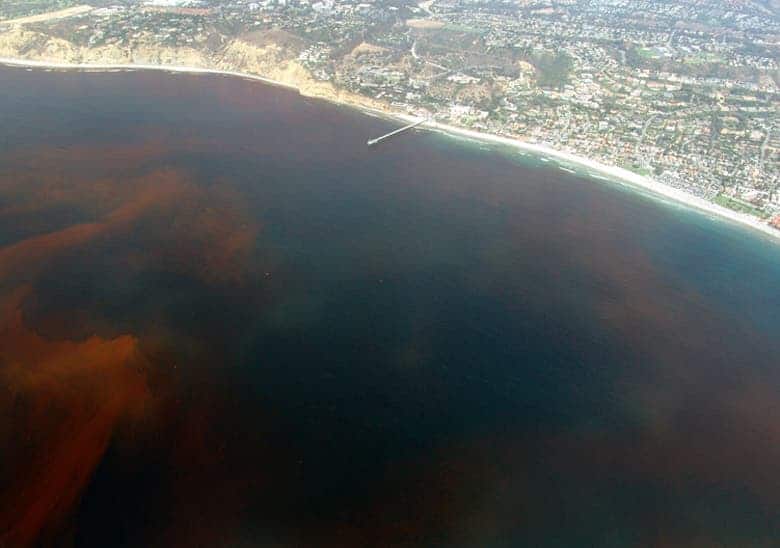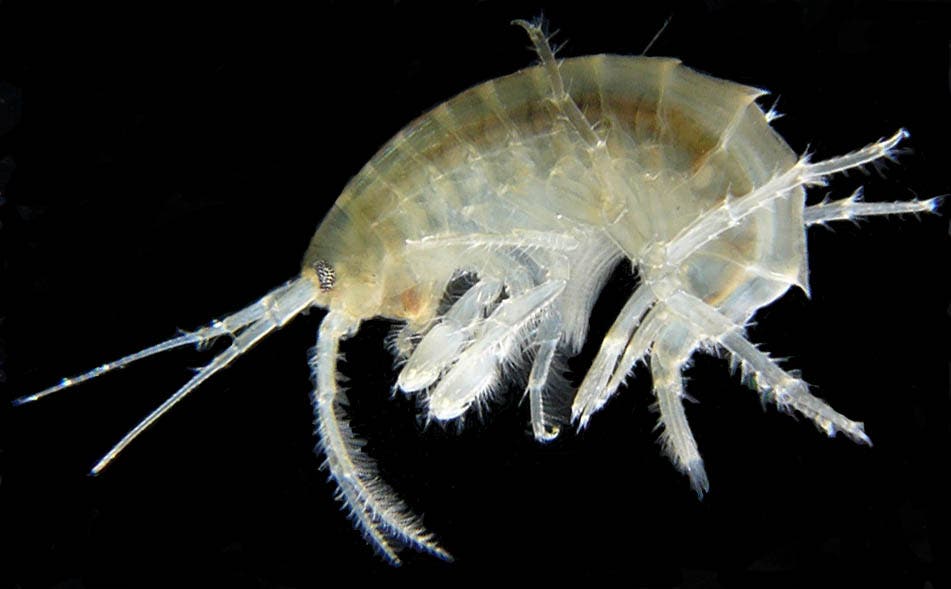Dead-zones are increasingly found in the oceans. In these zones, there isn’t enough oxygen– a state also called “hypoxia”. Because the areas are deprived of oxygen, they are largely unsuitable to sustain marine life. They can cause massive die-offs of the animals and plants already in the water, such are coral, fish, shellfish, and algae. Unfortunately, they are poised to become even more common in the future. A study from the University of Plymouth have published a study that shows that there is a big difference between exposing marine animals to hypoxia for a short or long period of time.
Hypoxia
Naturally, hypoxia is often caused by the overgrowth of algae, which can deplete oxygen when they die, sink to the bottom, and decompose. However, these natural interactions have been pushed into hyper-speed with the addition of fertilizer runoff from fields, mostly nitrogen and phosphorus nutrients, and septic leaks. The runoff travels with rivers into the ocean and provides abundant nutrients to algae which then bloom and use up the oxygen in the area to reproduce.
Many of these dead-zones occur in estuaries because the run-off usually comes in from rivers. How big a problem are they? Extra nutrient input have moderately to severely degraded 65% of U.S. estuaries and coastal water bodies alone. These zones then aren’t productive for fish, crustaceans, and shellfish (which help filter the water to reduce nutrients), resulting in economic losses. The extent and duration of hypoxic areas is only expected to increase in the future.
Growing up in hypoxic conditions
Adults of many invertebrates that live in estuaries can deal with short periods of hypoxia. But what happens when their offspring are raised in low oxygen conditions? It turns out that their metabolic performance is really affected by whether their parents live in a dead zone for a little bit or grow up in one.
“Along with ocean acidification and rising temperatures, hypoxia is considered one of the main threats to species within the marine environment – but it is currently the least talked about. As the duration and extent of hypoxic areas is predicted to increase in coastal regions, it is likely that some species will be exposed chronically throughout their life cycle. Most studies to date focus on short term responses observed in adults and, based on these, many estuarine species are currently considered hypoxia-tolerant,” said Dr. Truebano, lecturer in marine molecular biology from the University of Plymouth’s Marine Biology and Ecology Research Centre.
However, these “hypoxia-tolerant” species might not be as resistant as they seem because long-term effects are more drastic than short-term exposure.
“We observed a detrimental effect of hypoxia in animals reared under low oxygen, not apparent from observations in short term studies in adults. We believe hypoxia will have marked effects on some aquatic invertebrates currently thought of as hypoxia tolerant, based largely on their ability to do well during exposure to periodic hypoxia,” said Dr. Truebano.
Testing it out
The scientists used the amphipod Gammarus chevreuxi, an ecologically important marine species in oceans around the world, for their tests. Adults collected from the wild were exposed to typical and reduced oxygen levels. They maintained their levels of oxygen uptake in these moderate “dead zone” conditions. However, their offspring reared in hypoxic conditions weren’t able to regulate their oxygen uptake very well. They were also significantly smaller than their parents. These amphipods needed to use a lot more energy to simply exist.
So, if you perform a short-term experiment and find that the adults are resistant to low oxygen on a short-term basis, it cannot be extrapolated to long-term survival.
It doesn’t just stop with these amphipods. They are a key food for many different species, so if they struggle, the effects will ripple down the food chain. Just focussing on one species or under short-term low-oxygen conditions severely underestimates the damage that hypoxia will have in total.
Journal reference: Manuela Truebano et al, Short-term acclimation in adults does not predict offspring acclimation potential to hypoxia, Scientific Reports (2018). DOI: 10.1038/s41598-018-21490-y











